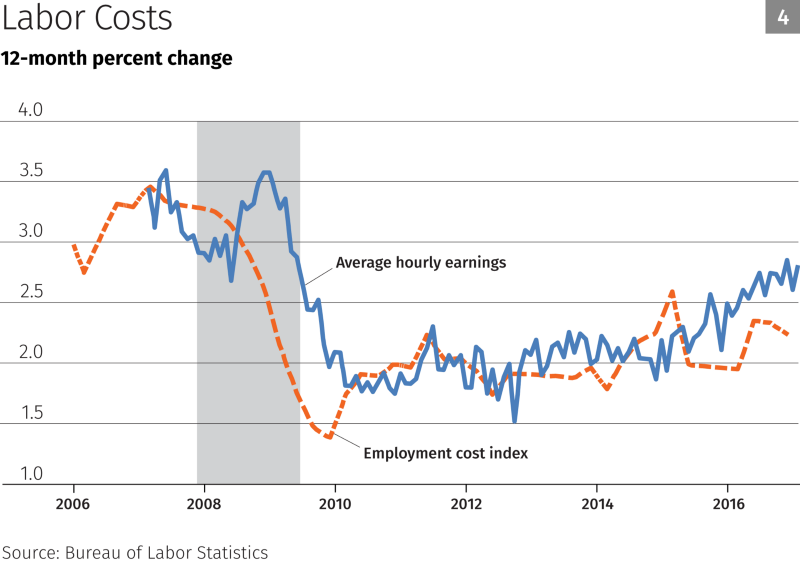Minnesota is a unique place full of a unique people; just ask them.
Neel Kashkari, the head of the Federal Reserve Bank of Minneapolis, is upholding the brand well even though he’s a newcomer because on Wednesday he was the only one of the Fed’s Open Market Committee panel to vote against raising the federal funds rate, the benchmark to which every loan is eventually tied.
The economy is garbage, except on paper, for many people but Fed Chair Janet Yellen pushed for the rate increase, saying the fundamentals of the U.S. economy warrant it. She sees it as a way to keep inflation at bay. Others say, “Inflation? What inflation?”
Kashkari sees a different economy, which is interesting because the economy of Minnesota and surrounding states has been better than the rest of the country.
Kashkari’s been a consistent voice for not raising rates since rotating this year onto the Fed’s Open Market Committee, the group that manages the federal funds rate. He explained his views in a March post on medium.com after a similar vote.
In it, he cautioned against assuming the Trump rally on Wall Street indicates a heating economy that needs to be cooled before inflation picks up.
Labor costs, he says, don’t show signs of picking up a lot of steam even though some employers claim they’re having a hard time finding workers. Higher labor costs lead to inflation.
The red line is the employment cost index, a measure of compensation that includes benefits and that adjusts for employment shifts among occupations and industries. It has been more or less flat over the past six years, and there has been no new information since the last FOMC meeting.
The blue line is the average hourly earnings for employees. The growth rate of hourly earnings has increased somewhat in the past year, but fell slightly since the last FOMC meeting, and it is still low relative to the precrisis period.
In short, the cost of labor isn’t showing signs of building inflationary pressures that are ready to take off and push inflation above the Fed’s target. And since the last FOMC meeting, overall, data on wage inflation are mixed.
Even though the unemployment rate is low, and certainly much lower than the Great Recession, the reality of numbers isn’t the reality of the economy.
In the past year or so, some people have repeatedly declared that we have reached maximum employment and no further gains are possible without triggering higher inflation. And, repeatedly, the labor market has proven otherwise, the last month being only the latest example.
The headline unemployment rate has fallen from a peak of 10 percent to 4.7 percent, roughly the level it was at before the financial crisis. But we know that measurement doesn’t include people who have given up looking for a job or are involuntarily stuck in a part-time job.
He also notes that the unemployment rate is 8.1 percent for African-Americans and 5.6 percent for Hispanics.
Kashkari is unimpressed with the Trump Rally on Wall Street. The market, he says, is assuming there’ll be some sort of stimulus package, even though nobody has any idea what that might look like even if something got accomplished in Congress.
Markets are guessing. Financial markets are good at some things, but, in my view, notoriously bad at forecasting political outcomes. They didn’t forecast Brexit. They didn’t forecast the results of the U.S. presidential election. I don’t have much confidence in their ability to forecast fiscal policy given how little we know today. So I am not yet incorporating the markets’ guesses about fiscal policy changes into my outlook for the economy.
Even if his colleagues disagree, some other numbers suggest Kashkari is on the right track.
The latest consumer price index reading, released Wednesday, fell 0.1 percent. Economists expected it would go up.
“On the surface, you look at it and say: ‘Why are you raising rates?'” Kathy Jones, chief fixed income strategist at Charles Schwab, told CNBC.
(h/t: Paul Tosto)

